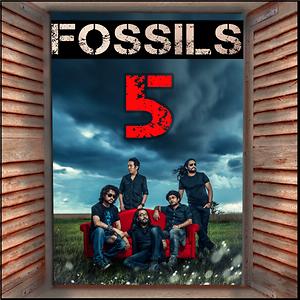

Large skull and small raised rim in front of the eyes. This is a very close relative of the modern day crocodile. 4,200,000 BC – Crocodylus thorbjarnarsoni These crocodiles continuously get smaller because of environmental changes. Long curved teeth and long legs, unlike modern croc's short legs. Though it looks prehistoric, it is a highly evolved and complex organism that is a successful predator. The modern day crocodile – including the saltwater, Nile, and American variants – spread throughout the world. 55,000,000 BC – Crocodylidae (Modern day crocodile) This mass extinction paved the way for the rise of mammals and the appearance of humans.

Non-avian dinosaurs were wiped out and more than half the world's species were obliterated. 65,000,000 BC – Cretaceous-Paleogene Extinction Event Survived the Cretaceous-Paleogene extinction event that killed off three-quarters of the plant and animal species on Earth – including the dinosaurs. Long narrow profile and a tooth studded snout. 70,000,000 BC – Champsosaurusįive ft long, 25-50 pounds, ate fish, and lived in the rivers of North America and western Europe. Evidence in fossils suggests that they attacked large North American tyrannosaurs. Fed on fish, shell fish, and land creatures. Ate plankton and krill with its high pelican-like jaw. Looked and behaved like it's modern decedents, but it was twice as long and about 10 times as heavy. Didn't resemble modern crocodiles in behaviour or body shape except the shape of their head. Looked much like modern day crocodiles – except their nostrils were located on the top of their head rather than the tops of their snout. 228,000,000 BC – PhytosaurĪlive during the early Jurassic period. Split off into pre-historic crocodiles and early dinosaurs. Today there are just 25 species of crocodile still alive, but this number would have been in the hundreds during the time of the dinosaurs, with some reaching up to 30 feet in length and weighing in at three tons - six times that of A.

Modern crocodiles are capable of holding their breath for up to an hour underwater. 'Amphicotylus provides a novel insight into the aquatic adaptation toward modern crocodylians,' the expert concluded. 'They could breathe underwater while holding prey in the mouth, as modern crocodilians do today. 'This suggests that, by keeping their external nostrils above the water surface, the crocodilian ancestors could raise the valve at the tongue. 'Amphicotylus milesi has the backward extension of the nose duct and the short and curved tongue bone similar to modern crocodilians,' he explained. milesi was not only the 'uncle' of modern crocs - it also revealed the origin of their unique breathing system that they use for diving. According to paper author and palaeontologist Junki Yoshida of Japan's Hokkaido University, A.


 0 kommentar(er)
0 kommentar(er)
